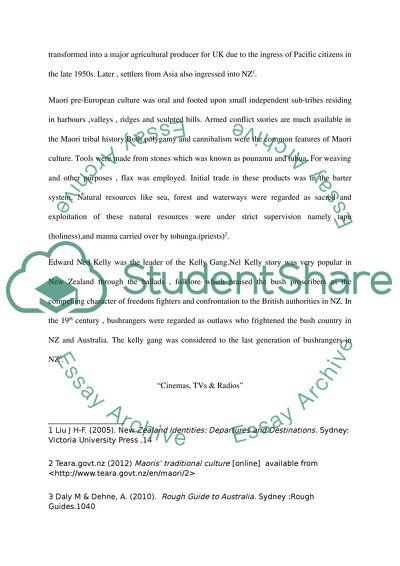Cite this document
(“How does a transnational approach modify New Zealand's cultural Essay”, n.d.)
Retrieved de https://studentshare.org/history/1460225-how-does-a-transnational-approach-modify-new
Retrieved de https://studentshare.org/history/1460225-how-does-a-transnational-approach-modify-new
(How Does a Transnational Approach Modify New Zealand'S Cultural Essay)
https://studentshare.org/history/1460225-how-does-a-transnational-approach-modify-new.
https://studentshare.org/history/1460225-how-does-a-transnational-approach-modify-new.
“How Does a Transnational Approach Modify New Zealand'S Cultural Essay”, n.d. https://studentshare.org/history/1460225-how-does-a-transnational-approach-modify-new.


